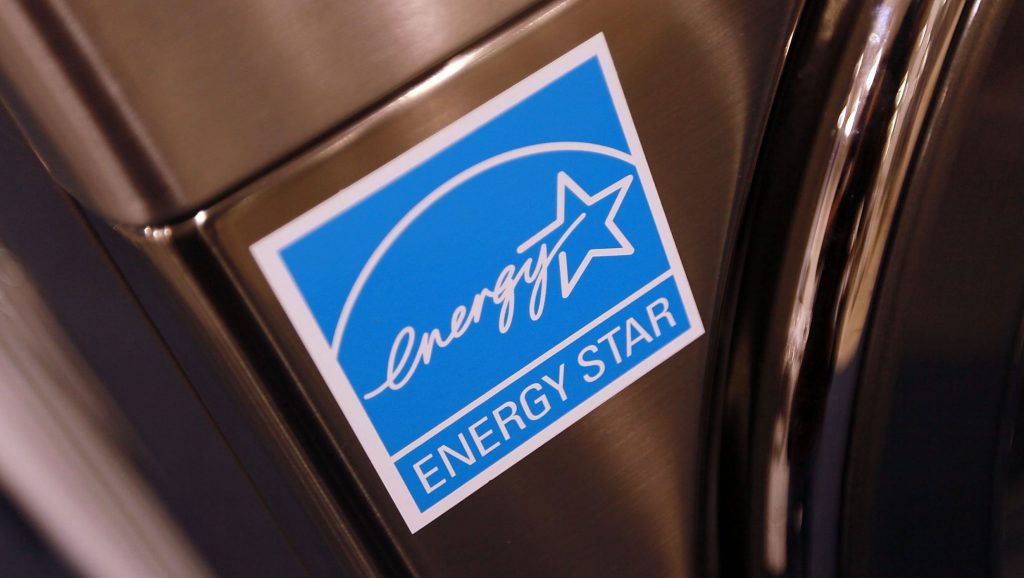Many consumers have seen the ENERGY STAR label on appliances and other devices, but few really know what the name and symbol mean. In addition, they have no idea of the savings that these products offer in terms of energy and water efficiency. But once they get some background information, looking or the ENERGY STAR label becomes a significant selling point for many devices purchased for your home.
Who And Why
The U.S. Department of Energy and the U.S. Environmental Protection Agency collaborated on this project to promote energy efficiency and to give consumers a reliable resource when fact-checking the efficiency of various appliances, electronics, and other residential devices. The result of their efforts has been much more awareness about the conservation of energy, natural resources, and the health of our planet in general.
What They Do
ENERGY STAR is a label manufacturers must earn to place on their products from DVD players to refrigerators and furnaces. However, it is not a brand name or associated with any specific brand or product manufacturer. Instead, it is an independent testing program that provides consumers with their results for the energy efficiency of a variety of products.
The reason that this rating process and ranking system is so valuable is the fact that the manufacturer has no input in the process. It is common knowledge that some manufacturers are less reliable than others when rating their products or how efficiently they operate. No manufacturer will ever tell consumers that they have built an energy hog that could be much more efficient, but they chose not to.
What ENERGY STAR Covers
Of course, not all devices that use electricity or water can be evaluated using the same criteria, so the ENERGY STAR program has created several categories and stringent qualifications that items in the class must meet to display their label. Some of the most well-known classes include:
- Home Electronic Devices- Televisions are one of the most significant items in this category. For a TV to qualify as an ENERGY STAR product, it must consume 30% less energy than the typical model of its size and capability. This group also covers items with an external power adapter like cordless phones and battery chargers. For these items to qualify for the label, they must consume 90% less power than the average products on the market.
- Lighting- For fluorescent light bulbs to qualify, they must use 75% less energy than a similar incandescent bulb. LED lights must use only 25% of the power consumed by an incandescent bulb that delivers similar lighting.
- Heating And Cooling Systems- The ENERGY STAR program covers heat pumps, furnaces, boilers, and air conditioners. Overall, these items should be considered to deliver around a 10% energy savings over a typical unit of similar size and capability.
- Home Appliances- Appliances are some of the largest energy consumers behind the HVAC system in most homes. For these items to display the ENERGY STAR logo, they must each meet a different standard. For example, dishwashers must be 41% more energy efficient than the average unit, while refrigerators must offer only a 20% decrease in energy consumption.
- Entire New Homes- A newly constructed house can be rated as an ENERGY STAR home if it is overall 10% more energy efficient than a typical new home. However, most new ENERGY STAR homes deliver about 20% or more energy savings for their owners.
To learn more about having ENERGY STAR appliances installed in your home, call (325) 221-3616. The licensed electricians at Legacy Electric are happy to provide you with a free installation cost quote.

